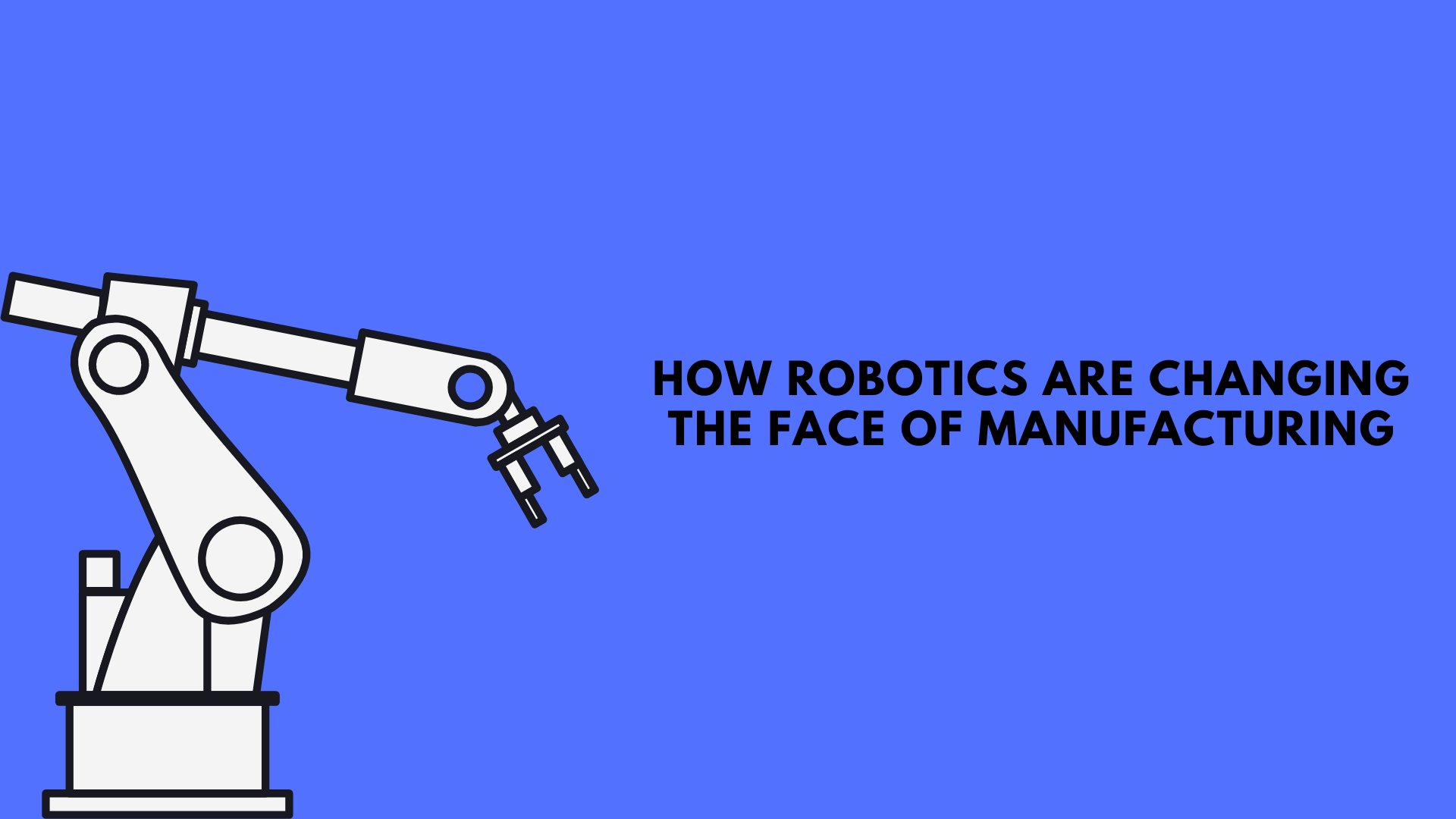The manufacturing industry is undergoing a profound transformation, driven by the rapid adoption of robotics. From automating repetitive tasks to enhancing precision and efficiency, robotics are not just augmenting the manufacturing process—they are redefining it. This shift, often associated with the broader trend of Industry 4.0, has far-reaching implications for productivity, workforce dynamics, and global competitiveness.
The Rise of Robotics in Manufacturing
Robots have been a part of the manufacturing landscape for decades, initially introduced to handle simple, repetitive tasks on assembly lines. However, advances in robotics technology have significantly expanded their capabilities. Modern robots are not only faster and more precise but also more intelligent, able to perform complex tasks, adapt to changes in real-time, and even collaborate with human workers.
Today’s robots are equipped with advanced sensors, machine learning algorithms, and AI-driven decision-making processes. These features allow them to operate with a level of autonomy and efficiency that was unimaginable just a few years ago. As a result, robots are now integral to various stages of the manufacturing process, from material handling and welding to quality inspection and packaging.
Key Benefits of Robotics in Manufacturing
- Increased Productivity: One of the most significant impacts of robotics in manufacturing is the dramatic increase in productivity. Robots can work 24/7 without fatigue, ensuring continuous production and reducing downtime. Their ability to perform tasks faster and with greater precision than humans means that manufacturers can produce more goods in less time, often with higher quality.
- Enhanced Precision and Quality: Modern manufacturing demands high levels of precision, particularly in industries like electronics, automotive, and aerospace. Robots excel in tasks that require meticulous accuracy, such as assembling tiny components or applying consistent welds. This precision reduces errors, minimizes waste, and ensures that products meet exacting standards.
- Cost Reduction: While the initial investment in robotics can be substantial, the long-term cost savings are significant. Robots reduce labor costs by performing tasks that would otherwise require multiple shifts of human workers. Additionally, they minimize material waste and energy consumption, further lowering operational expenses.
- Improved Safety: Manufacturing environments can be hazardous, with risks of injury from heavy machinery, toxic materials, and repetitive strain. Robots can take on dangerous tasks, such as handling chemicals or operating in extreme temperatures, reducing the risk to human workers. This leads to a safer work environment and lower injury-related costs.
- Flexibility and Adaptability: The latest generation of robots is highly adaptable, capable of reprogramming and retooling quickly to handle different tasks. This flexibility is crucial in today’s fast-paced manufacturing world, where product lines and consumer demands can change rapidly. Robots can be easily integrated into various production processes, allowing manufacturers to respond to market changes more swiftly.
Collaborative Robots (Cobots): A New Era of Human-Robot Interaction
One of the most exciting developments in robotics is the rise of collaborative robots, or cobots. Unlike traditional industrial robots, which operate in isolation from human workers, cobots are designed to work alongside people. They are equipped with advanced sensors and safety features that allow them to interact safely with humans, sharing tasks and spaces.
Cobots are particularly valuable in environments where human dexterity and creativity are still required. For example, a cobot might handle the heavy lifting and repetitive aspects of an assembly task, while a human worker focuses on quality control or customization. This collaboration not only boosts productivity but also enhances job satisfaction, as workers can engage in more meaningful and less physically demanding tasks.
The Impact on the Workforce
The integration of robotics in manufacturing has sparked debates about the future of work. While there are concerns about job displacement, the reality is more nuanced. Robots are indeed taking over some tasks, particularly those that are repetitive, dangerous, or highly precise. However, they are also creating new opportunities.
As robots handle more of the manual labor, there is a growing demand for skilled workers who can design, program, and maintain these machines. This shift is leading to the emergence of new roles, such as robot technicians, automation engineers, and data analysts. Additionally, workers are being freed from monotonous tasks, allowing them to focus on higher-value activities that require human creativity and problem-solving.
To navigate this transition, it is crucial for the manufacturing workforce to adapt by acquiring new skills. Training and education programs in robotics, AI, and automation are essential to prepare workers for the jobs of the future. Companies that invest in upskilling their employees will be better positioned to thrive in this evolving landscape.
The Future of Robotics in Manufacturing
The future of robotics in manufacturing looks incredibly promising. As technology continues to advance, we can expect robots to become even more capable and integrated into every aspect of production. Emerging trends such as AI-powered robotics, autonomous mobile robots (AMRs), and advanced human-robot interfaces are set to push the boundaries of what robots can achieve.
AI-powered robots will have the ability to learn from their experiences, improving their performance over time and enabling more complex decision-making. AMRs will further enhance flexibility in manufacturing environments, moving materials and products autonomously across production floors. Meanwhile, advancements in human-robot interfaces will make it easier for workers to interact with robots, even without specialized technical knowledge.
Conclusion
Robotics is undeniably changing the face of manufacturing, bringing about unprecedented levels of productivity, precision, and safety. While the rise of robots may pose challenges, particularly in terms of workforce adaptation, it also offers significant opportunities for growth and innovation. By embracing this technology and investing in the skills of their workforce, manufacturers can harness the full potential of robotics to remain competitive in the global market. The future of manufacturing is not just automated; it is a collaborative partnership between humans and machines, each enhancing the other’s strengths.
4o









